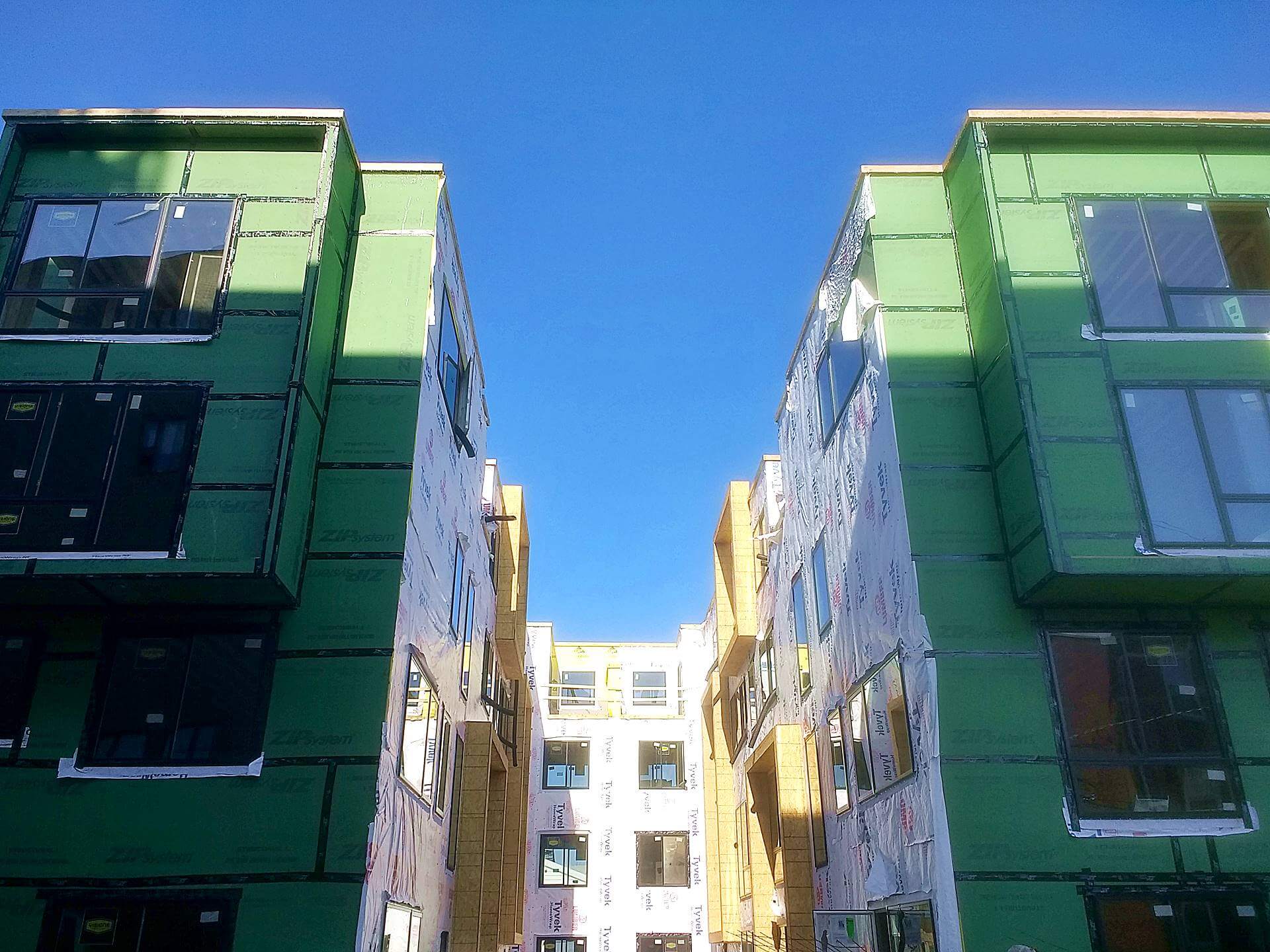The most common question I get here at Permit Philly is, “What permits do I need to build this?” As documented in our blog, Philadelphia has a dense administrative system that might require you to get a lot of permits. “It depends on the project,” is the answer I usually give. But people don’t just want to know the specific permit they need: they want a conceptual picture of the permitting system. A Philadelphia building permit checklist.
And wouldn’t you know it: there is a Philadelphia building permit checklist, made by the City itself. You can find it right here.
But before you dive into it, let’s give you a companion piece: an overhead view of the permitting maze in Philly.
The Four Basic Types of Development Permit in Philly
There are effectively only four types of development permit in Philly: Zoning Permits, Building Permits, Electrical Permits, and Plumbing Permits.
Zoning permits come in two flavors: zoning permits or use permits. Both types use the same application form. Both types of permit register types of parcel in the City’s database.
Zoning permits are needed for new construction or additions. Zoning permits are also needed to split up lot lines. Use permits authorize the use of a building. So if you own a lot that’s zoned for multi-family use, and you want to build a three-unit home on that lot, you will submit one zoning application to build that home. The permit you receive will give you zoning approval to build the structure and use approval for three units. If you want to later change this building to a two-unit house, you’ll have to register the new use with the City. If you want an addition, you have to submit a new zoning application to the City. If your project doesn’t conform to zoning standards, you’ll have to get a zoning or use variance before moving on to a building permit.
Building permits aren’t just construction permits in Philly: any Philly permit remotely associated with construction that also requires an inspection uses the same building permit application form. You submit this form for construction, most demolition (watch out for the pesky full demolition form), fire alarms, legal occupancy, and a number of other concerns. Find the full list here.
Two of the few types of construction permit you can’t apply for with that application are electrical and plumbing permits. Each of these permits have their own special application form. A master plumber or electrician must sign each application before submitting it.
Okay, that’s that: four application forms that cover almost everything you might want to do with your lot in Philadelphia. What’s the next box on the Philadelphia building permit checklist?
Permits vs. Approvals
Here’s where it gets a little nuts: there’s a difference between a permit an approval. A permit authorizes work on a property. An approval allows you to get the permit – or at least to apply for the permit.
Here’s a simple example: any time you want to cut into the sidewalk – say, for a driveway – you’re cutting into City property. So you need approval from the Streets Department. You need to get Streets approval before you apply for the zoning and building permit. If you apply separately, you’ll need to get Streets approval for the zoning permit and then for the building permit. You sort of have to apply for permission to apply for your building permit.
This example is important, because there are a lot of departments in Philadelphia that might want to take a look at your plans.
Approvals
While there are more exotic variants – like the Office of Food Protection, which gets its own blog post – the departments you are most likely to need approval from are Streets and Water. You might also need a green light from the City Planning Commission, the Art Commission, and the Historical Commission.
Streets reviews are fairly simple: Someone on duty at the Streets plan review desk will look over your zoning and building plans – the same plans you will use to apply for the permits. They will stamp the plans with their approval (if you’ve applied correctly and submitted the appropriate checklist), and then keep one copy of the plans – come prepared with an extra set!
PWD has recently remade its review process, and it’s both better and worse than it used to be. Better, because it can largely be completed online. Worse, because it takes a long while and requires you to come back with hard copies of the plans anyway, after the online submission. Essentially, PWD wants you to submit a separate set of plans to them, specifically showing how water runoff will be handled at the property. Smaller lots require little to no PWD review; larger lots need to wade into the review process. You can find detailed instructions here and here. All of the projects that require review start with this form.
The Commissions vary in intensity. If your project requires a review by CPC (Planning) or PHC (Historical), you may be able to simply show your regular plans to them at their review desk. However, certain projects trigger more extensive reviews.
For the Historical Commission, full reviews are triggered if you want to substantially change or demolish all or part of a historical Philly building.
The City Planning Commission will convene a Civic Design Review of your project if the project meets certain thresholds of size and building type.
The Art Commission reviews any proposed construction on City land or involving City funds. It also gets a first crack at basically any sign or awning in the Center City area.
Permit Applications
After you have your plans or application forms stamped and signed by all these different departments, you can apply for your zoning and building permits.
In many cases, you can apply for both the zoning and building permit at the same time at the Department of Licenses and Inspections. Sometimes, however, the review process may make this difficult: the Water Department, for instance, has a different review requirement for a zoning permit than a building permit. You can theoretically go through all the reviews necessary with PWD before applying for zoning and building, but in many cases it will be best to apply for PWD approval, then a zoning application; and then submit building plans after zoning approval for yet more PWD approval.
The Philadelphia Building Permit Checklist
If that’s still too much – and it’s a lot! – think of it as three steps:
Step 1: When drawing up plans for your project, review City of Philadelphia guidelines to see if your permit application requires a review by a City department besides Licenses and Inspections (which is, of course, the department which gives out permits)
Step 2: Get approvals for your permit applications from the relevant departments by following their guidelines
Step 3: Apply for your zoning and building permits at Licenses and Inspections with plans approved by the other departments
The path can be rocky, but it’s straight: sometimes, you just need to show your work to several different branches of City administration before you can get your permit.
And if that sounds like too much trouble for you, you can always have Permit Philly do it for you.

